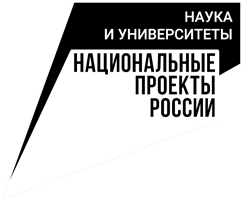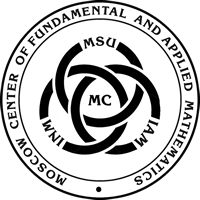The meeting of the seminar
«Supercomputer technologies
in science, education and industry»
| Chairman of the organizing committee | |
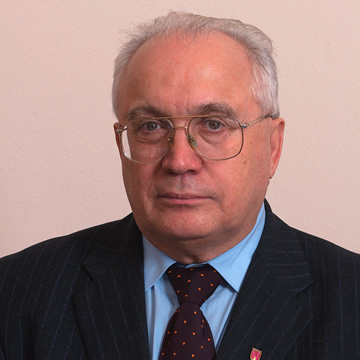 |
V.A. Sadovnichy academician, rector of Lomonosov Moscow State University |
Co-Chairs of the organizing committee |
|
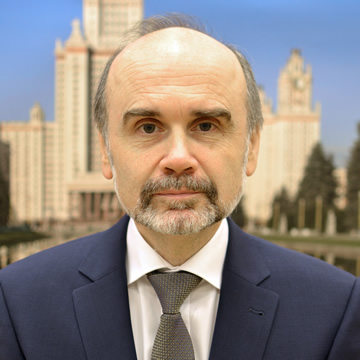 |
Vl.V. Voevodin Corr. RAS, Director of Research Computing Center of Moscow State University |
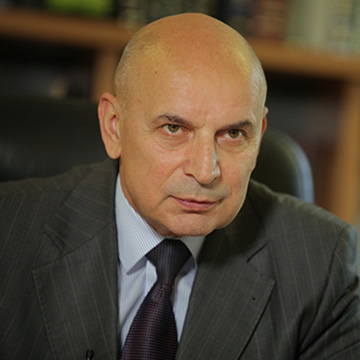 |
I.A. Sokolov academician, dean of the faculty of Computational Mathematics and Cybernetics of Lomonosov Moscow State University |
Scientific Secretary of the seminar |
|
| E.V. Mortikov Ph.D., Research Computing Center of Moscow State University |
|
The seminar was organized on the basis of the Scientific and Educational Center «Supercomputer Technologies». The reports cover all aspects of the use of supercomputers, parallel computing systems and distributed data processing methods for solving large computational problems. The seminar has a pronounced interdisciplinary nature, however, the various nuances of using supercomputer technologies are of interest to researchers from various fields.
The seminar is supported by the Moscow Center of Fundamental and Applied Mathematics.
PROGRAM
16:30
| V.A. Levin | Honored Worker of Science of the Russian Federation, Doctor of Physical and Mathematical Sciences, Professor, Department of Computational Mechanics, Faculty of Mechanics and Mathematics, Lomonosov Moscow State University |
| A.V. Vershinin | Doctor of Physical and Mathematical Sciences, Professor, Department of Computational Mechanics, Faculty of Mechanics and Mathematics, Lomonosov Moscow State University |
Overview of the CAE Fidesys Strength Engineering Analysis System.
Examples of solved industrial problems.
The report will provide an overview of the functionality of the Russian system of strength engineering analysis CAE Fidesys, examples of practical problems solved with its use by users from various industries: aerospace, shipbuilding, engine building, nuclear, oil and gas, mining and others.
The CAE Fidesys engineering analysis system was originally conceived as a universal one, but with implementation in the form of specialized industry solutions that allow solving the following tasks:
Fidesys Standard
- Linear static and dynamic problems of strength
- Analysis of natural frequencies and mode shapes
- Analysis of critical loads and buckling modes
Fidesys Professional
- Strength analysis taking into account finite deformations and displacements
- Nonlinear FEM Solver
- Contact tasks
- Physically nonlinear models of materials (Murnaghan, Mooney-Rivlin)
- Elasticity (Mises, Drucker-Prager)
- Thermomechanical analysis of elastic bodies
- Calculation of temperature fields (stationary and non-stationary thermal conductivity)
Fidesys Dynamics
- Non-stationary problems with fast processes
- Simulation of non-destructive testing
- Propagation of elastic vibrations in solids
- High-precision description of wave processes
Fidesys Composite
- Calculation of effective properties of composites
- Calculation of porous materials at small and finite deformations
- Determination of elastic properties of a monolayer
Fidesys HPC
- Parallelization of all main stages of problem solving
- Accelerated calculations and reduced analysis time
The use of the spectral element method (SEM) in the Fidesys CAE package as an addition to the finite element method significantly increases the speed and accuracy of calculations, which distinguishes the package from classical FEM packages. In addition, the use of the MSE makes it possible to automate the analysis for grid convergence without re-meshing to check the quality and accuracy of the approximate numerical solution.
Mathematical models of the theory of multiple imposition of large deformations implemented in the package make it possible to analyze multi-stage loading of structures and their elements, when material properties (including removal and addition, which is relevant for mining and additive technologies, respectively) and boundary conditions change during loading, which, in particular, in nonlinear problems allows us to take into account the dependence of the final results on the order of application of external loads.
If there are small gaps and intersections of bodies in the geometric model of the structure (composite CAD model), there may be a need for additional work to correct / refine the geometric model to ensure the correct construction of the grid discretization. The hard contact technology implemented in CAE Fidesys allows you to correctly work out these geometric defects automatically without their preliminary manual elimination and does not introduce artifacts into the numerical solution at the boundaries of the contacting bodies, even if there are slight gaps/overlaps between them.
CAE Fidesys is available on leading international app stores:
- https://www.nafems.org/publications/resource_center/nwc_19_326/
- https://azuremarketplace.microsoft.com/ru-ru/marketplace/apps/fidesys.fidesys
- https://www-50.ibm.com/partnerworld/gsd/solutiondetails.do?&solution=54542&lc=en
- https://apps.autodesk.com/en/Publisher/PublisherHomepage?ID=4R36QXKL3VHV
- https://boa.bricsys.com/applications/a/?cae-fidesys-a1271-al2236
Fidesis is a member of NAFEMS (https://www.nafems.org/), the International Methods Agency finite elements and standardization. CAE Fidesys testing is performed in strict accordance with NAFEMS standards. CAE Fidesys is included in the register of the Ministry of Communications of computer programs (https://reestr.digital.gov.ru/ reestr/303920/).
The report discusses an approach to the implementation of the method of spectral elements on the HPE Apollo massively parallel computing system based on graphic processors installed at the Moscow State University. Within the framework of this implementation, the spectral element grid is naturally mapped onto a grid (grid) from the multiprocessors of a graphic card, and, accordingly, each spectral element is mapped onto a flow block (block), within which individual nodes inside the element are processed by their corresponding threads inside the block. This approach makes it possible to effectively use the capabilities of shared memory for caching data inside a spectral element when forming a vector of internal forces on it (for example, when calculating derivatives of unknown functions), which significantly increases the throughput of the parallel version of the algorithm, the performance of which is limited precisely by the speed of access to global graphics memory (memory bounded), not the computational speed of the GPU cores (compute bounded).
Fidesys website: https://www.cae-fidesys.com
Examples of calculations using CAE Fidesys: https://fidesys-solvers.ru/
NAFEMS Publications:
- https://www.nafems.org/publications/resource_center/nwc_19_326/
- https://www.nafems.org/publications/resource_center/nwc21-482-b/
- https://www.nafems.org/publications/resource_center/nwc21-372-b/
Links to materials about CAE Fidesys:
- https://youtu.be/xduvgb0pIBk
- https://zen.yandex.ru/media/leader/na-mehmate-mgu-vpervye-v-rossii-sozdali-konkurentosposobnyi-paket-dlia-injenernogo-analiza-prochnosti-600a843eb7c9394d30e13bbd
- http://isicad.ru/ru/articles.php?article_num=15823
- http://www.cadcamcae.lv/hot/Fidesys_n77_p28.pdf
The seminar session will be held in the form of a webinar on the Zoom platform.
To participate in the webinar, please enter your data in a Google spreadsheet:
A link to the Zoom meeting will subsequently be sent to the email address you provided.
